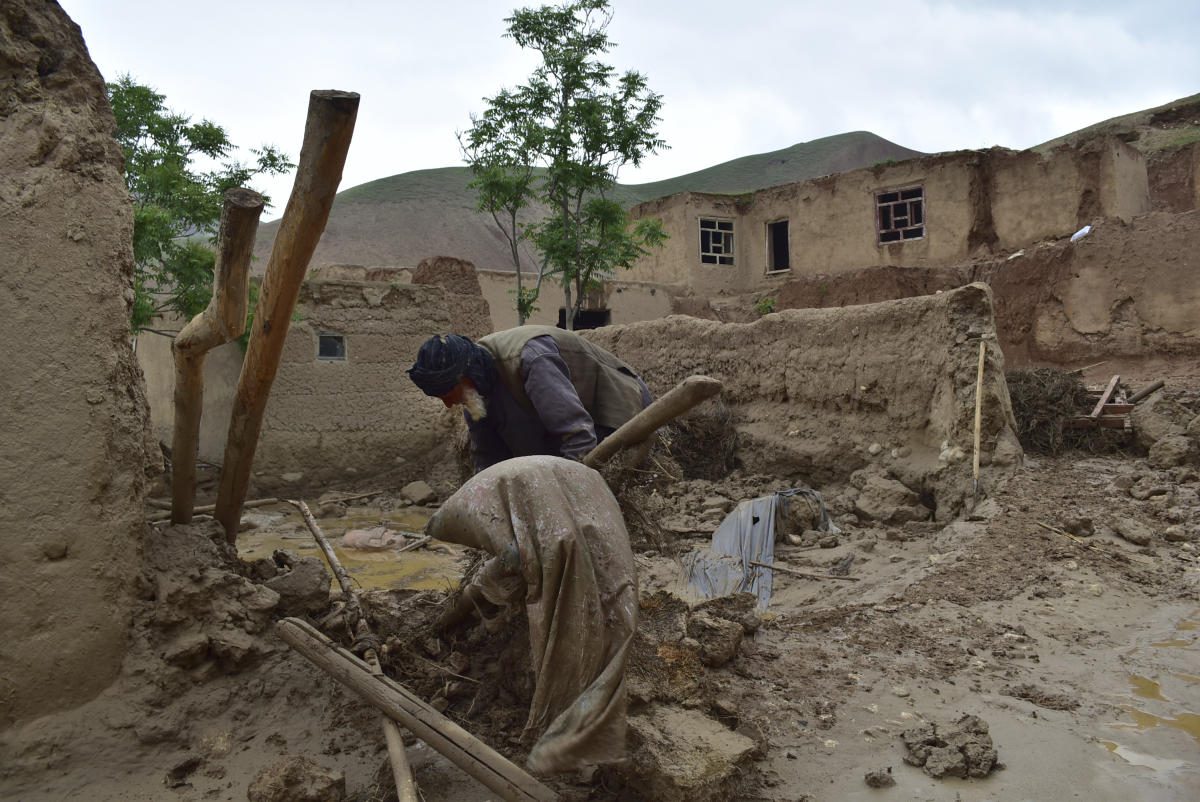We held party caucuses last week, as we always have. Did you go? But in a few days will be the presidential primaries. What is its purpose? Why should people participate?
In Minnesota, the presidential primary will be March 5, from 7 a.m. to 8 p.m. This is only the second one we have had. Before 2020, Minnesota chose delegates to major party national conventions through the parties’ conventions; those delegates nominated their candidates for national office.
This time, the presidential primary will determine which candidates get delegates, so it is important for you to go to express your preferences for your party’s standard bearer.
Ours is a winner-takes-most primary. The overall winner of the state will get a group of delegates; then the winners in each of Minnesota’s eight Congressional districts will also divide a share of delegates. The two major parties have different (and rather complicated) rules.
In Minnesota, we have an open primary. If you are a registered voter, or if you register on Election Day, you can vote in either primary.
Minnesota does not have party registration like many states do. You can consider yourself a Republican yet vote in the DFL primary and vice versa. But your choice will be marked down by the election judges, and the Office of the Minnesota Secretary of State will provide to each party chair a list of voters who participated in their primary. (Nobody else can get that information, only the party chairs.)
For all other elected offices where there was more than one candidate for a party’s nomination, there is a second primary on August 13. We will have those again this year, for example, to reduce the number of candidates for the Minnesota House, or for non-partisan county and local offices.
In the olden days, the process of electing presidents was faster. Generally, party leaders would come together to determine the best person. But toward the second part of the 20th century, this began to change, with voters becoming more involved.
Why did we switch? More and more states use primaries now to determine delegates to the national conventions; only five (Nevada, Wyoming, North Dakota, Missouri and, of course, Iowa) still use the caucus system.
Caucuses can take a few hours of your time; a primary ballot can be cast in minutes, particularly with absentee balloting. Caucuses can be bewildering to the uninitiated and may put off participation; on the other hand, a caucus allows one to talk to neighbors, hear different points of view, and lead to greater civic engagement. The caucus is considered the “grassroots of democracy.”
The caucus favors a candidate with an organized following because a few volunteers can have great influence. States usually decide if they prefer a caucus or a primary, and most states have primaries. But the biggest argument against primaries might be their cost: Caucuses run by parties had no public cost, but the Secretary of State’s website says the 2020 presidential primary cost $9.6 million. The state reimburses the counties and municipalities.
The Caucus is over, but I hope to see you at the polls on Tuesday for the primary!! The only way to get better candidates in November is to vote for them now.
— This is the opinion of Times Writers Group member Barbara Banaian, a professional pianist who lives in the St. Cloud area. Her column is published the first Sunday of the month.
This article originally appeared on St. Cloud Times: Barbara Banaian: The caucuses are over, see you at the primaries
Signup bonus from





